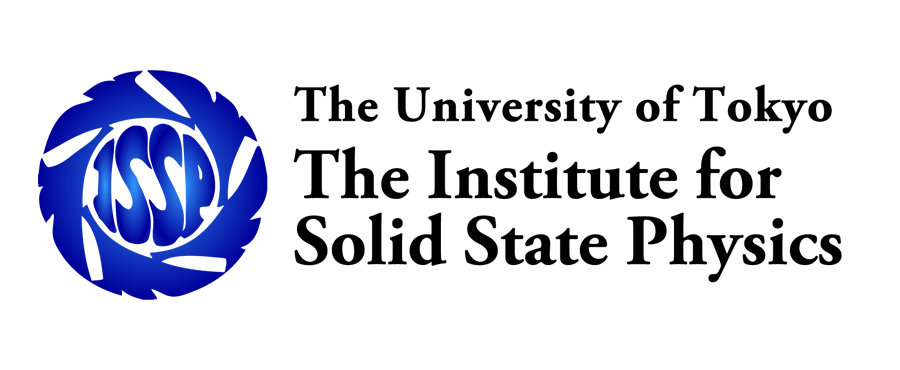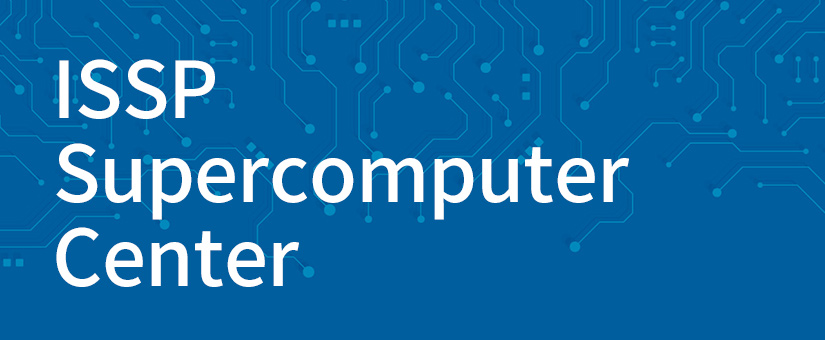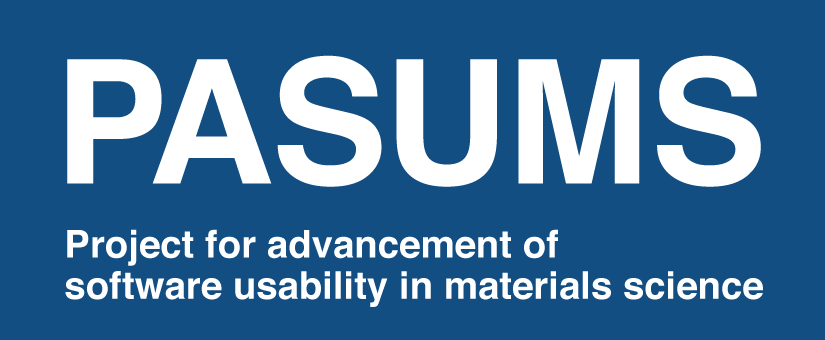Software framework for training a machine learning model to reproduce first-principles energies and then using the model to perform configurational sampling in disordered systems. It has been developed with an emphasis on multi-component solid-state systems such as metal and oxide alloys. At present, Quantum Espresso, VASP and OpenMX can be used as first-principles energy calculators, and aenet can be used to construct neural network potentials.
HomePage
Official Page: http://www.pasums.issp.u-tokyo.ac.jp/abics/en
GitHub: https://github.com/issp-center-dev/abICS
MateriApps: https://ma.issp.u-tokyo.ac.jp/en/app/2372
Installed latest version
2.0.0 (2023/02/01)
How to use abICS on the ISSP supercomputer
- The directory where sample scripts and input files are stored.
/home/issp/materiapps/intel/abics/
- How to run abICS
-
- Preparing the computing environments
This will pass a PATH to python3 with the latest version of abICS installed.$ source /home/issp/materiapps/intel/abics/abicsvars.sh - Preparing input files
$ cp -rf $ABICS_ROOT/examples . $ cd examples/active_learning_qe/baseinput_ref $ sh ./download_pp.sh $ cd .. $ cp -rf /home/issp/materiapps/intel/abics/sample_jobscript/* . -
Submitting job
-
For system B
To learn aenet first, active learning is done by typing the following command
$ sbatch AL.shAfter the calculation is completed, the following command is entered to perform the Monte Carlo calculation.
For more information, see the tutorial in the manual.$ sbatch MC.sh - For system C
To learn aenet first, active learning is done by typing the following command
$ qsub AL.shAfter the calculation is completed, the following command is entered to perform the Monte Carlo calculation.
For more information, see the tutorial in the manual.$ qsub MC.sh
-
- Preparing the computing environments
Measurement of the number of times used
- We measure the number of uses of PASUMS software on the ISSP supercomputer. This becomes an important indicator for evaluating the significance of the project, and we appreciate your cooperation. We can also count the number of users who use versions of the software that are not pre-installed, so we would appreciate your cooperation in counting the number of users to help us understand how the software is being used (for details, please click here).
Contact
- How to use abICS (e.g., create inputs), functions, etc.
- abICS on GitHub: https://github.com/issp-center-dev/abICS/issues
- How to Execute on ISSP Supercomputer System
- Software Consultation Service for ISSP Supercomputer
center-apps__at__issp.u-tokyo.ac.jp (please replace __at__ by @)
- Software Consultation Service for ISSP Supercomputer


